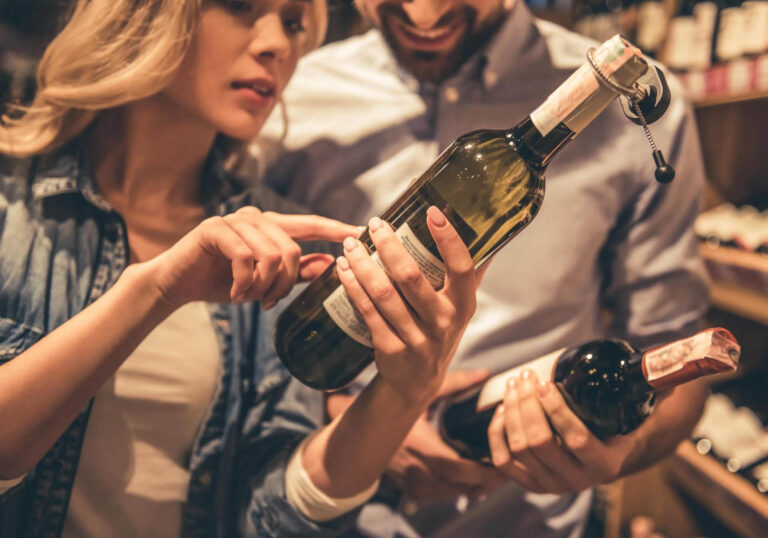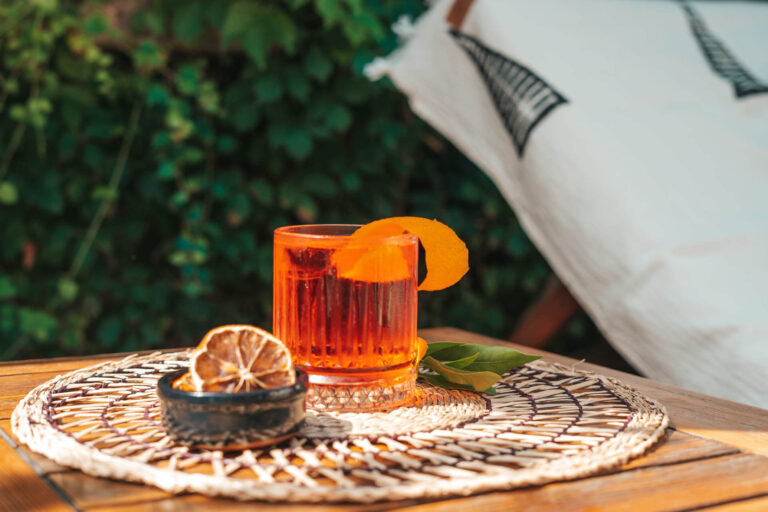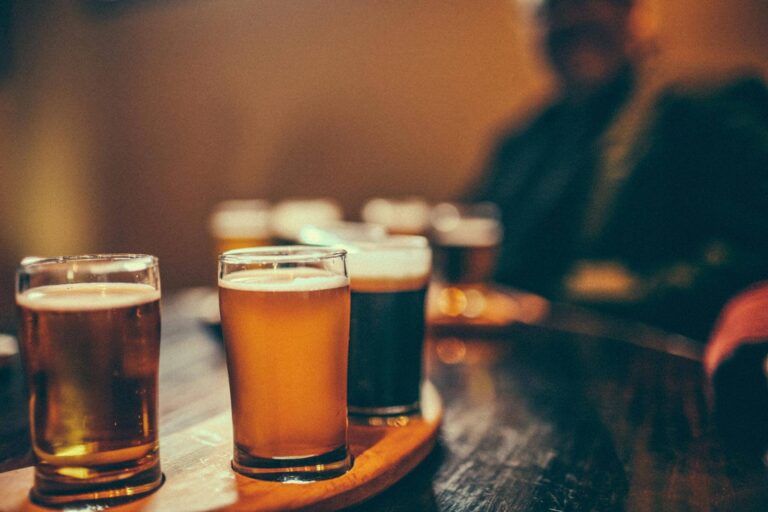This website uses cookies so that we can provide you with the best user experience possible. Cookie information is stored in your browser and performs functions such as recognising you when you return to our website and helping our team to understand which sections of the website you find most interesting and useful.
29/08/2024
Millennials drive no-alcohol gains in the US
IWSR analysis highlights three key reasons Millennials are the age cohort boosting the no-alcohol segment in the US
Millennials are the key drivers of no-alcohol growth in the US, consuming no-alcohol products with greater frequency than other age cohorts and displaying a keenness to explore the category through trial.
Latest data from IWSR Bevtrac consumer research shows that 13% of US drinkers said they consumed both full-strength and no-alcohol products in April 2024, up from 7% a year earlier. Amongst Millennials, the participation rate was 22% – well ahead of Gen Z (15%) and Gen X (11%).
“The no-alcohol category as a whole is gaining popularity amongst drinkers in the US, with participation rates doubling since April 2023 – and much of this increase is being driven by Millennials,” explains Nastya Timofeeva, Bevtrac Senior Insights Manager, IWSR. Greater product availability, especially in retail, has boosted momentum of the no-alcohol category in general: no-alcohol volumes grew 20% in 2023, with a forecast volume CAGR of +17%, 2023-28.
The dominance of Millennials in driving increased no-alcohol consumption continues to grow. In April 2023, 45% of no-alcohol beer consumers in the US were Millennials; by April 2024, that figure had risen to 61% – far ahead of Gen X at 22% and legal aged Gen Z at only 7%. Similar participation rates are reported for no-alcohol spirits (66% of consumers are Millennials) and no-alcohol wine (59%).
There are three key reasons Millennials are the age cohort boosting the no-alcohol segment:
More occasions to socialise
Millennials in the US are the age cohort that currently displays the most significant positive shifts in their financial sentiment. As a result, they say that they are going out and socialising more – both factors which help to drive increased consumption and exploration of the no-alcohol category, as well as the broader alcohol market.
“Millennials also skew to heavier usage of beverage alcohol in general, when compared to the overall drinker population in the US, and are the only cohort with a wider repertoire in 2024 vs 2023,” says Timofeeva. “So, when they do moderate their alcohol consumption, they are doing so from a high level. The fact that Millennial no-alcohol buyers are more likely to be frequent alcohol consumers highlights an overlap between no-alcohol and full-strength alcohol consumers.”
Millennials over-index in terms of their participation in a number of full-strength categories in the US, including total spirits, whisky, RTDs, rum, brandy/Cognac and Champagne.
Almost half of Millennial no-alcohol consumers are classed as ‘substituters’ – in other words, those who drink no-alcohol products on some occasions, and full-strength on others – and they are also disproportionately frequent no-alcohol consumers, accounting for 51% of ‘frequent’ no-alcohol consumers in the US, and 47% of ‘consistent’ consumers.
Curiosity and openness to trial
Millennials are highly curious about the no-alcohol category, displaying a keenness to trial new products across the no-alcohol spectrum – and this willingness to experiment is likely to drive further category growth as consumption rates continue to grow.
Millennials are more likely than other groups to continue looking for no-alcohol brands that reflect their lifestyles and that can be used, for example, to create mocktails. As alcohol adjacents gain in popularity, younger LDA+ consumers, and Millennials especially, are the most frequent buyers of these products.
There has also been an increase in the proportion of no/low buyers interested in trialling new no-alcohol spirits – likely to be driven by Millennial males, who show more interest than other groups in new no-alcohol products across all spirits categories.
Seasonality
Most no-alcohol consumers turn to the category for lifestyle or functional reasons; younger cohorts are more active in the Dry January movement, which is also likely to fuel trial.
Some 31% of Millennial consumers abstain from beverage alcohol for a month or more due to lifestyle reasons, compared to 21% of the entire drinker population in the US, according to IWSR consumer data.
The above analysis reflects IWSR data from the 2024 data release. For more in-depth data and current analysis, please get in touch.
CATEGORY: No/Low-Alcohol | MARKET: North America | TREND: Moderation |





